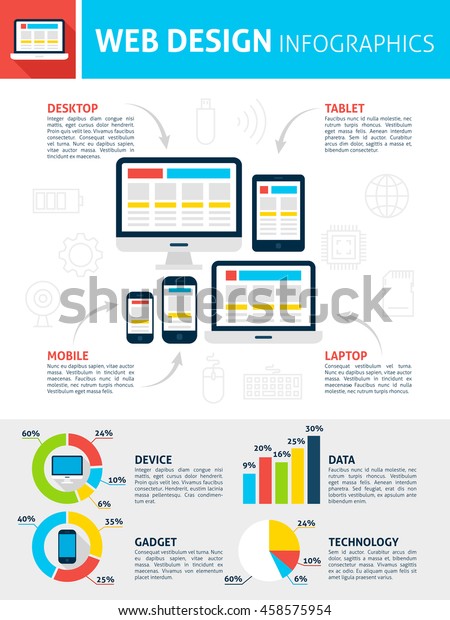Fascinated In Finding Out How Web Site Design Has Advanced? Check Out The Journey From Straightforward Designs To User-Centric Approaches
Fascinated In Finding Out How Web Site Design Has Advanced? Check Out The Journey From Straightforward Designs To User-Centric Approaches
Blog Article
Material Composed By-Asmussen Dodson
In the past, websites were simple and focused on information. Navigating was direct, and style was for desktops. Now, customer experience is key. ada compliance html guides styles for simple navigation. Responsive designs fit different devices. Today, dark mode reduces stress, and minimalist menus improve navigation. Interactive functions involve users, and bold visuals stand out. AI assimilation enhances involvement. See just how style has actually developed to improve your on-line trip.
Early Days of Web Design
In the very early days of website design, simpleness reigned supreme. Websites were basic, with limited colors, font styles, and formats. The focus got on supplying information as opposed to flashy visuals. Users accessed the net with sluggish dial-up connections, so rate and performance were crucial.
Navigation food selections were straightforward, typically situated on top or side of the page. Internet sites were designed for desktop computers, as mobile browsing had not been yet widespread. Material was king, and designers prioritized simple readability over complex style components.
HTML was the key coding language utilized, and designers had to work within its constraints. Computer animations and interactive functions were minimal contrasted to today's standards. Web sites were static, with little vibrant content or tailored customer experiences.
Increase of User-Focused Design
With the development of internet site style, a change in the direction of user-focused layout principles has become increasingly famous. Today, creating sites that focus on customer experience is critical for involving visitors and achieving business goals. User-focused design includes comprehending the demands, choices, and behaviors of your target market to customize the internet site's layout, content, and includes as necessary.
Designers now conduct complete research, such as individual surveys and use screening, to gather understandings and responses directly from individuals. This data-driven technique helps in producing user-friendly navigating, clear calls-to-action, and aesthetically attractive interfaces that reverberate with visitors. By putting search engine optimization search engine at the facility of the design process, web sites can provide a more individualized and delightful experience.
Responsive design has likewise emerged as an essential aspect of user-focused layout, ensuring that internet sites are maximized for various gadgets and screen sizes. This versatility boosts ease of access and functionality, accommodating the diverse means individuals communicate with web sites today. In essence, the surge of user-focused style signifies a change towards producing electronic experiences that prioritize the demands and assumptions of completion user.
Modern Trends in Web Design
Check out the latest patterns shaping website design today. One popular fad is dark setting layout, using a streamlined and contemporary appearance while reducing eye pressure in low-light settings. Another vital pattern is minimal navigating, streamlining food selections and enhancing customer experience by concentrating on essential elements. Including micro-interactions, such as animated buttons or scrolling results, can produce a more interesting and interactive website. Responsive design continues to be critical, making certain seamless individual experiences across various tools. Additionally, utilizing strong typography and asymmetrical designs can include visual rate of interest and accentuate specific web content.
Integrating AI innovation, like chatbots for consumer assistance or personalized suggestions, improves user involvement and enhances procedures. Accessibility has also become a considerable fad, with designers focusing on inclusive design practices to satisfy diverse user requirements. Welcoming sustainability by enhancing internet site performance for rate and effectiveness is an additional emerging pattern in website design. Working together with customer feedback and information analytics to iterate and improve layout continuously is vital for remaining pertinent in the ever-evolving electronic landscape. By welcoming these contemporary trends, you can produce an aesthetically appealing, easy to use web site that resonates with your target market.
https://www.forbes.com/sites/forbesagencycouncil/2022/01/11/4-e-commerce-digital-marketing-strategies-for-2022/
As you assess the advancement of web site design from the very early days to currently, you can see just how user-focused design has come to be the driving pressure behind modern-day fads.
Embrace the journey of change and adaptation in web design, constantly keeping the individual experience at the leading edge.
Stay present with the most recent patterns and technologies, and never stop advancing your strategy to develop visually stunning and straightforward web sites.
Advance, adjust, and produce - the future of web design is in your hands.
